Embracing Circular Business Models: A Catalyst for Sustainable Transformation
At the heart of circular business models lies a commitment to minimizing resource needs and repurposing existing materials and waste in innovative production loops. For us at T.Loop, the circular business model isn't just a concept-it's an integral part of our business, seamlessly integrating three diverse models into one: colocation, heating, and grid balancing. In honor of today's Circular Monday, we emphasize the crucial role of re-design thinking in achieving a circular business model.
Why Circular Business Models Demand Re-Design Thinking
Staffan Stymne, CEO of T.Loop, draws on his extensive experience in the energy sector to highlight a frequently overlooked aspect - the driving force behind circular business models doesn't necessarily originate from the energy industry. Instead, it stems from the classic innovation challenge of pondering how one's resources can benefit others. An exemplar of the T.Loop innovation concept is the convergence of three industries; Data Centers, Real Estate, and Energy incorporated into the innovative idea of a Data Energy Center.
"Re-Design Thinking is essential for comprehending the needs of other industries. A circular business model requires collaborative efforts, transcending boundaries, and considering the entire value chain. It may pose challenges for a supplier suddenly becoming a customer, but it necessitates stepping outside predefined roles," emphasizes Staffan.
Circular Business Models - Pioneering Tomorrow's Sustainability Framework
The circular economy signifies a transformative shift, ensuring materials never become waste, and nature perpetually regenerates. It revolves around keeping products and materials in continuous circulation through maintenance, reuse, refurbishment, remanufacturing, recycling, and composting. By decoupling economic activity from finite resource consumption, the circular economy addresses climate change, biodiversity loss, waste, and pollution.
Driven by design, the circular economy adheres to three core principles:
Eliminate waste and pollution,
Circulate products and materials at their highest value,
Regenerate nature.
This revolutionary approach, grounded in a shift to renewable energy and materials, establishes a resilient system benefiting businesses, communities, and the environment.
"If we are to triple the prevalence of data centers, our focus must transcend sheer growth. A data center, primarily an energy facility, can play a pivotal role in climate transition with strategic technological choices, optimal locations, and energy-efficient practices,” says Staffan.
Current data center capacity equates to 300 TWh/year or the annual output of 34 full-scale nuclear reactors. By 2030, estimated data center capacity is projected to reach 974 TWh/year, equivalent to the annual output of 111 full-scale nuclear reactors. When factoring in backup power, it amounts to 333 GW, or 333 full-scale nuclear reactors.
Clearly, this trajectory is unsustainable. Through a circular business model encompassing these three sectors in a unified approach, we can harness resources more intelligently, ensuring that data centers become part of the solution in the green energy transition rather than contributing to a growing climate problem.
As we embark on a future shaped by sustainability, the circular economy serves as a guiding light toward harmonious coexistence with our planet. It's more than just a model; it's a transformative force forging a more sustainable and resilient tomorrow.
Happy Circular Monday!



